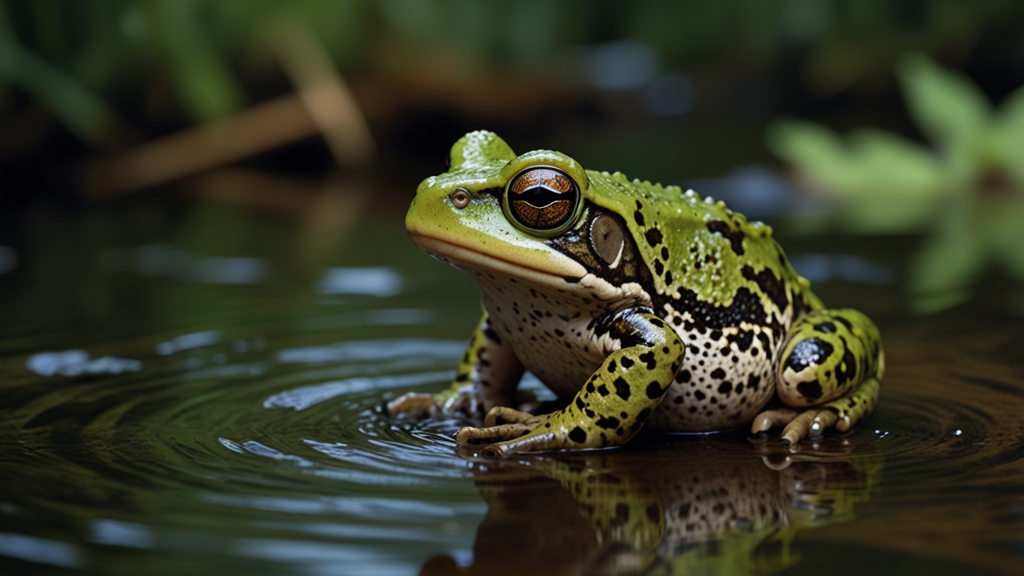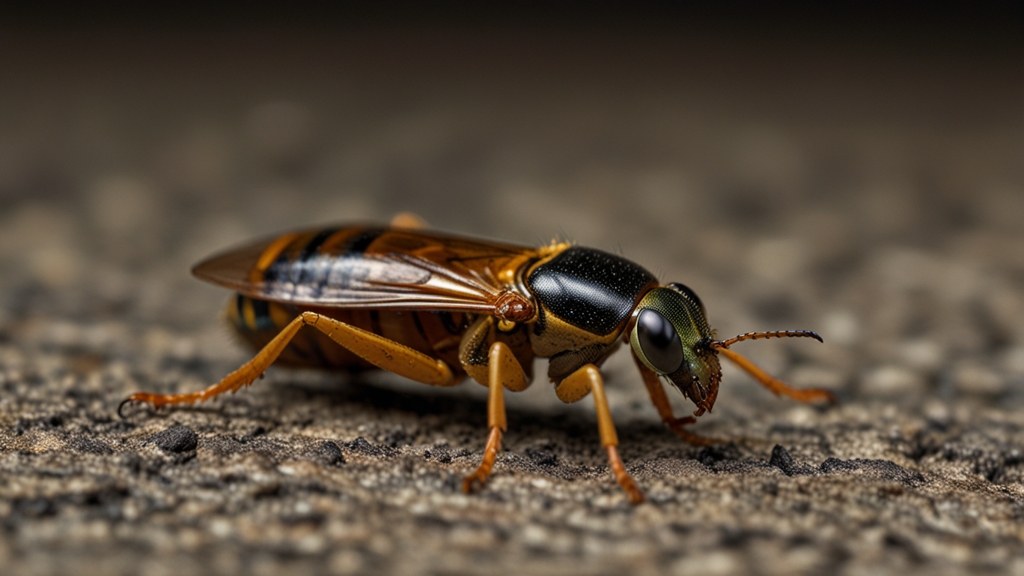Why Amphibians Matter: The Ecology of Our Waterways
Amphibians, often overlooked in the grand tapestry of biodiversity, play a critical role in the health and functionality of our ecosystems. From frogs and toads to salamanders and newts, these amphibious creatures are essential for maintaining ecological balance, particularly in our waterways. This article dives into the importance of amphibians and their contributions to the ecology of aquatic environments.
The Role of Amphibians in Ecosystems
Amphibians are often considered bioindicators, meaning their presence, absence, or health in a particular ecosystem provides valuable insights into the environmental conditions. Because of their permeable skin and dual life cycle—spending part of their lives in water and part on land—they are highly sensitive to changes in their surroundings. This makes them early warning systems for pollution and other ecological disturbances.
"Amphibians are the canaries in the coal mine of ecosystems. Their health directly mirrors the health of their environment," says Dr. Jane Smith, an ecologist specializing in freshwater habitats.
Amphibians as Pest Controllers
One of the most tangible benefits of amphibians is their role as natural pest controllers. Frogs, toads, and salamanders consume vast quantities of insects, including mosquitoes, flies, and agricultural pests. This regulation of insect populations helps to keep the ecological balance in check and reduces the need for chemical pest control, which can have damaging repercussions on the environment.
Amphibians in the Food Web
Amphibians occupy a vital place in the food web. They serve as both predators and prey in various stages of their life cycles. As tadpoles, they consume algae, helping to control algal blooms which can otherwise lead to decreased oxygen levels in water bodies. As adults, amphibians become food for a wide range of predators, including birds, fish, and mammals. This duality makes them indispensable in maintaining the structure and functionality of aquatic ecosystems.
Amphibians and Nutrient Cycling
Another crucial contribution of amphibians is their role in nutrient cycling. By burrowing into the soil and moving between aquatic and terrestrial habitats, they help to transport nutrients across these environments. This movement aids in the redistribution of vital nutrients, fostering soil fertility and aiding plant growth, which in turn supports broader ecosystem health.
"Amphibians act as nutrient shuttles, moving essential elements from aquatic to terrestrial ecosystems and vice versa," explains Dr. Mark Johnson, an expert in amphibian ecology.
Threats to Amphibians
Despite their importance, amphibians are among the most threatened groups of animals on the planet. Habitat destruction, pollution, climate change, invasive species, and diseases like the chytrid fungus have led to drastic declines in amphibian populations globally. Conservation efforts are crucial to protect these vulnerable species, not only for their sake but for the health of entire ecosystems.
Conservation Strategies
Effective conservation strategies for amphibians include habitat protection and restoration, pollution control, and research into diseases affecting these species. Public education and community involvement are also essential to raise awareness about the importance of amphibians and the threats they face. Several organizations and initiatives are working tirelessly to conserve amphibian habitats and promote sustainable practices that benefit both amphibians and the ecosystems they inhabit.
Conclusion
Amphibians are far more than just inhabitants of our waterways; they are integral components of ecological health and stability. Their roles as bioindicators, pest controllers, nutrient cyclers, and essential links in the food web underscore the importance of preserving these fascinating creatures. By safeguarding amphibian populations, we not only protect a unique and diverse group of animals but also ensure the continued health and resilience of our aquatic ecosystems.
"The fate of amphibians is closely tied to the fate of our environment," summarizes Dr. Emily Larson, a leading conservation biologist. "Their well-being reflects the broader health of the planet."










